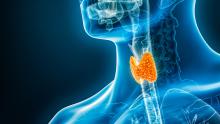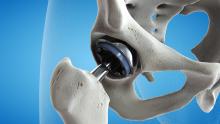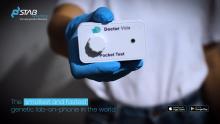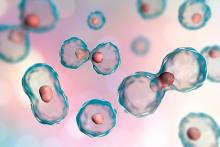
The thyroid gland produces many of the body’s essential hormones, but chemicals found in food, clothes and furniture can interfere with its function. Predicting the toxicity of these chemicals – especially at low doses – has proven difficult. The EU-funded SCREENED project created a model thyroid made of human cells to provide more accurate testing, as well as reduce reliance on animal studies.









